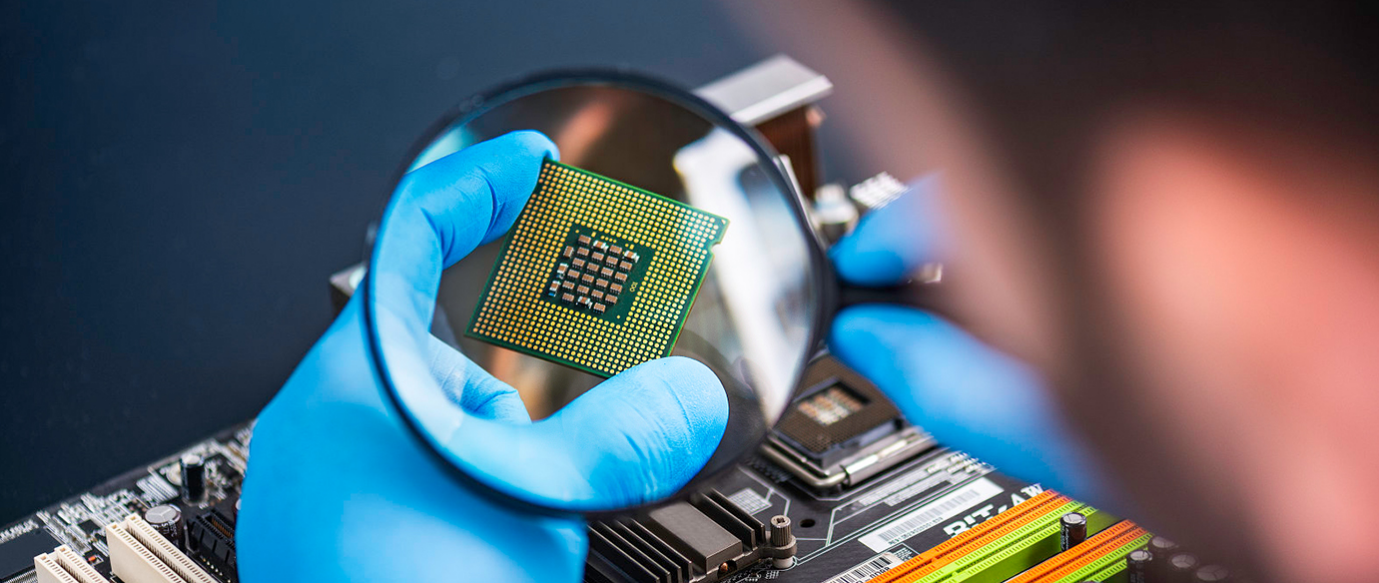In the world of photography and videography, sensors play a crucial role in capturing high-quality images and videos. There are various types of sensors used in cameras, each with its own unique features and capabilities. In this blog, we will explore the different types of sensors commonly found in cameras and understand their functions and applications.
The camera sensor, also known as an image sensor, is the heart of a digital camera. It is responsible for converting light into electrical signals, which are then processed to create digital images. There are two main types of camera sensors: CCD (Charge-Coupled Device) and CMOS (Complementary Metal-Oxide-Semiconductor).
CCD Sensor:
CCD sensors have been widely used in digital cameras for many years. They are known for their high-quality image output, especially in low-light conditions. CCD sensors use a global shutter, which captures the entire image at once, resulting in minimal distortion and high image quality. However, CCD sensors are more expensive to manufacture and consume more power compared to CMOS sensors.
CMOS sensors have gained popularity in recent years due to their lower power consumption and cost-effectiveness. CMOS sensors use a rolling shutter, which captures the image line by line. While this can lead to potential distortion in fast-moving subjects, advancements in technology have minimized this issue. CMOS sensors are also capable of capturing high-speed video and offer better battery life in digital cameras.
2. Camshaft Position Sensor
In the automotive industry, the camshaft position sensor plays a critical role in engine performance. This sensor is responsible for monitoring the position of the camshaft, which controls the opening and closing of the engine's intake and exhaust valves. By accurately detecting the camshaft's position, the sensor ensures precise fuel injection and ignition timing, leading to optimal engine efficiency and performance.
The camshaft position sensor can be either a Hall-effect sensor or a magnetic reluctance sensor. The Hall-effect sensor uses a magnetic field to detect the camshaft's position, while the magnetic reluctance sensor relies on changes in magnetic flux. Both types of sensors provide essential data to the engine control unit, allowing for precise engine operation and emission control.
Capacitive sensors are widely used in various applications, including touchscreens, proximity sensing, and object detection. In the context of cameras, capacitive sensors are often integrated into the camera's touch interface, allowing users to interact with the camera's settings and controls through touch input.
Capacitive sensors work by detecting changes in capacitance when a conductive object, such as a finger, comes into proximity with the sensor. This technology enables responsive and intuitive touch interfaces in modern digital cameras, enhancing the user experience and simplifying camera operation.

4. CCD Sensor
CCD sensors, or charge-coupled devices, are a type of image sensor commonly used in digital cameras and imaging devices. These sensors are known for their high-quality image output and excellent performance in low-light conditions. CCD sensors utilize a global shutter, which captures the entire image at once, resulting in minimal distortion and high image quality.
CCD sensors are often favored in applications where image quality is paramount, such as professional photography, scientific imaging, and industrial inspection. While they may consume more power and be more expensive to manufacture compared to CMOS sensors, CCD sensors remain a popular choice for demanding imaging tasks.
5. CMOS Sensor
CMOS sensors, or complementary metal-oxide-semiconductor sensors, have become increasingly prevalent in digital cameras and imaging devices. These sensors offer several advantages, including lower power consumption, faster readout speeds, and cost-effectiveness. CMOS sensors use a rolling shutter, capturing the image line by line, and have made significant advancements in minimizing potential distortion in fast-moving subjects.
CMOS sensors are widely used in consumer digital cameras, smartphones, and other portable imaging devices. Their ability to capture high-speed video, lower power consumption, and cost-effectiveness make them a popular choice for a wide range of imaging applications.
In conclusion, sensors play a crucial role in the functionality and performance of cameras across various industries. Whether it's capturing high-quality images, monitoring engine performance, enabling touch interfaces, or facilitating object detection, different types of sensors contribute to the overall capabilities of cameras and imaging devices. Understanding the characteristics and applications of these sensors is essential for photographers, engineers, and technology enthusiasts alike. As technology continues to advance, we can expect further innovations and improvements in sensor technology, driving the evolution of cameras and imaging systems.


